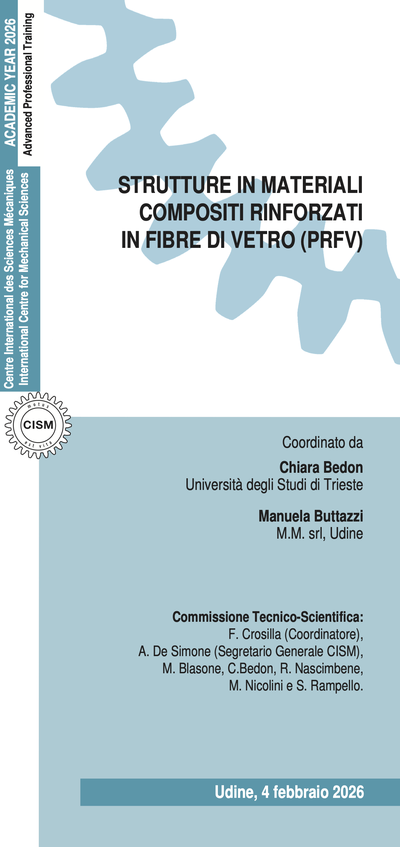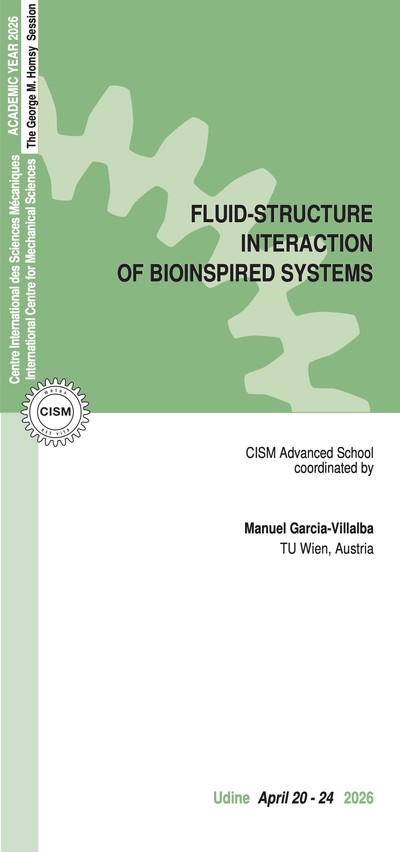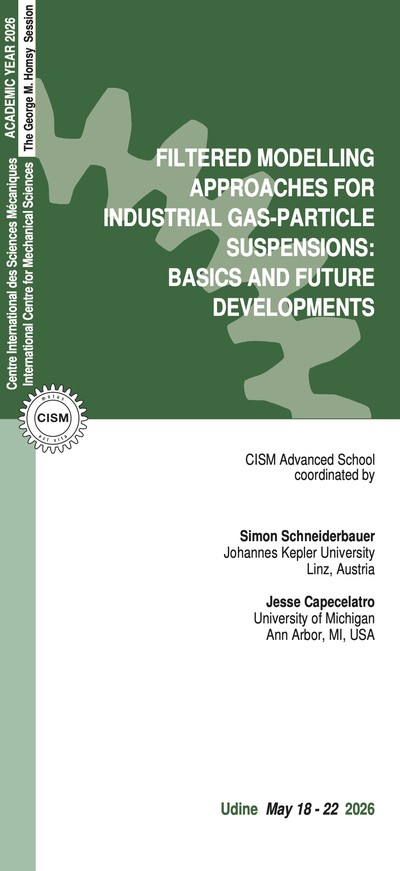Rising interest in non-holonomic mechanical systems has initiated a large body of research that exploits what is often called ‘non-holonomic’ geometry. More precisely the geometric setting is that of (principal) bundles, which serve as configuration space, and the connection on the bundle plays a key role as it encodes constituent kinematic and dynamic relations. This not only provides a beautiful holistic approach to multi-physical systems it also gives rise to consistent compact and efficient computational formulations for complex systems. Renewed interest in concepts from geometric mechanics for modelling and computation arises in various scientific and engineering communities. In robotics, geometric mechanics approaches have become a corner stone of what is sometimes called ‘modern robotics’, where Lie group formulations are now established for kinematics and dynamics modeling, and the bundle view is central for locomotion planning and control of floating-base systems, e.g. humanoids, legged robots, and space robots. Computational multibody dynamics is another area that has embraced geometric methods for the consistent modeling of constrained systems comprising rigid and flexible bodies, and also geometric integration schemes are now established for the numerical analysis of such systems. In the last decade, significant progress was made in the field of computational geometric approaches to discrete and continuous mechanical systems, in particular for the dynamics simulation and control of articulated rigid body systems, and of solid and fluid systems in a consistent geometric framework as well as fluid-structure interaction and particle methods.
Recently geometric modeling of discrete and continuous systems find their fruitful application also in the domain of artificial intelligence, where manifold learning, structure-preserving integration schemes, and computational Lie group formulations enhance efficiency and robustness of learning methods. Geometry based reduced-order modeling of complex systems, especially nonlinear dimensionality reduction techniques exploiting the topology of the underlying manifolds, provide new perspectives in this emerging field. Hybrid surrogate models of continuum and discrete systems, merging physics-based sub-models and data-driven representations, are combined to co-simulate complex mechanic and thermodynamic phenomena by incorporating the geometric structure of information manifolds.
Contemporary machine learning algorithms start using methods originated from physics and statistical mechanics even on the conceptual level as geometrical structures and principles provide insight into formulations and algorithms used in artificial intelligence.
This course will introduce attendees to fundamental concepts and mathematical formulations of geometric mechanics and provide a panoramic overview of current state of research and applications of geometric modeling. It covers theoretical and mathematical foundations, computational methods that allow for practical application to multibody system dynamics, as well as cutting-edge multidisciplinary research.
Terze, Z., Pandža, V., & Andrič, M. (2022). Reduced coupled flapping wing–fluid computational model with unsteady vortex wake. Nonlinear Dynamics, 109(1), 975–987. https://doi.org/10.1007/s11071-022-07482-8
Müller, A., & Terze, Z. (2014). Modelling and integration concepts of multibody systems on Lie groups. In Z. Terze (Ed.), Multibody Dynamics (pp. 1–20). Springer.
Müller, A. (2018). Screw and Lie group theory in multibody dynamics: Recursive algorithms and equations of motion of tree-topology systems. Multibody System Dynamics, 42(2), 219–248. https://doi.org/10.1007/s11044-017-9583-6
Müller, A. (2023). Hamel’s equations and geometric mechanics of constrained and floating multibody and space systems. Proceedings of the Royal Society A: Mathematical, Physical and Engineering Sciences, 479(2273), 20230732. https://doi.org/10.1098/rspa.2022.0732
Goldstein, H., Poole, C. P., & Safko, J. L. (2001). Classical mechanics (3rd ed.). Pearson Education. Chapter 2: Variational principles and Lagrangian mechanics.
Simo, J. C., & Vu-Quoc, L. (1988). On the dynamics in space of rods undergoing large motions: A geometrically exact approach. Computer Methods in Applied Mechanics and Engineering, 66(2), 125–161. https://doi.org/10.1016/0045-7825(88)90073-4
de Saxcé, G., & Vallée, C. (2016). Galilean mechanics and thermodynamics of continua. ISTE-Wiley. ISBN: 978-1-118-05795-6.
de Saxcé, G. (2023). Symplectic and variational formulations of compressible and incompressible Navier–Stokes equations. arXiv preprint arXiv:2306.04405. https://doi.org/10.48550/arXiv.2306.04405
Anitescu, M. (2006). Optimization-based simulation of nonsmooth rigid multibody dynamics. Mathematical Programming, 105(1), 113–143. https://doi.org/10.1007/s10107-005-0706-3
Violeau, D., & Rogers, B. D. (2016). Smoothed particle hydrodynamics (SPH) for free-surface flows: Past, present and future. Journal of Hydraulic Research, 54(1), 1–26. https://doi.org/10.1080/00221686.2015.1134890
7 lectures on:
Modeling Cosserat media and applications, fundamentals of Cosserat rods using Lagrangian reduction on Lie groups, geometrically exact finite element method, new parametrization of Cosserat rods with strain fields, modelling, simulation and control of continuous and soft robots.
7 lectures on:
The geometric modelling of continuum mechanics and thermodynamics, principle of relativity with Galileo symmetry group, principles of the thermodynamics in geometric form, symplectic and variational principles for dynamics of viscous fluids.
7 lectures on:
Geometric foundations, Lie group formulations for the kinematics and dynamics of stationary and floating-base rigid body systems, computational formulations applied to legged/walking robots, mobile platforms, zero-gravity floating-base system (e.g. satellites, space robots), non-holonomic mechanics of floating-base systems on principal bundle.
7 lectures on:
Particle methods and their applications, granular dynamics and fluid-solid interaction in a Lagrangian framework, large-scale granular flow problems with frictional contact, smooth and non-smooth contact formulation, numerical solution techniques, Smoothed Particle Hydrodynamics, applications to large-scale simulations in terramechanics, terrestrial and extra-terrestrial vehicles and robots.
7 lectures on:
Geometric modelling of Euler and viscous fluid, dynamics of multibody systems and fluid-solid interaction in Lie group setting, coupled (‘multi-physics’) systems, structure-preserving integration schemes for Hamiltonian systems, applied to multibody systems immersed in fluid, aerospace case-studies, flapping-wing drones and locomotion systems.
ADMISSION AND ACCOMMODATION
The course is offered in a hybrid format, allowing participants the flexibility to attend either in person or remotely via the Microsoft Teams platform. Admission to on-site attendance is granted on a first-come, first-served basis to comply with the capacity of the lecture room.
Registration fees:
- Early Bird On-Site Participation: € 650.00 + VAT* - Deadline: July 28, 2026
- Late On-Site Participation: € 800.00 + VAT* - Deadline: September 16, 2026
- Live Streaming Online Participation: € 250.00 + VAT* - Deadline: September 16, 2026
On-site participation includes a complimentary bag, five fixed menu buffet lunches, hot beverages, downloadable lecture notes.
Online participation includes downloadable lecture notes.
Application forms should be submitted online through the website: http://www.cism.it. A confirmation message will be sent to participants whose applications are accepted.
Upon request, and subject to availability, a limited number of on-site participants can be accommodated at the CISM Guest House for € 35 per person per night. To request accommodation, please contact foresteria@cism.it.
CANCELLATION POLICY
Applicants may cancel their registration and receive a full refund by notifying the CISM Secretariat in writing (via email) no later than:
- July 28, 2026, for early bird on-site participation;
- August 28, 2026, for late on-site participation;
- September 16, 2026, for online participation.
No refunds after the deadlines. Cancellation requests received before these deadlines and incorrect payments will be subject to a € 50.00 handling fee.
GRANTS
A limited number of participants from universities and research centers who do not receive support from their institutions can request a waiver of the registration fee and/or free lodging.
Requests should be submitted by email to the CISM Secretariat at info@cism.it by July 28, 2026. Submissions must include the applicant’s curriculum vitae and a letter of recommendation from the head of the department or a supervisor, confirming that the institute is unable to provide funding. Preference will be given to applicants from countries that sponsor CISM.





